

Total visibility, with item-level intelligence
Mojix is an end-to-end enterprise software innovator that delivers Real-Time, Item-Level Inventory Visibility at every intersection of your supply chain.
We help retail, luxury, food, and industrial manufacturing brands increase their profits and improve customer satisfaction by capturing and harmonizing better data with robust, fully integrated technology.
Turn your data into profitable decisions
Turn your data into profitable decisions
With the most advanced traceability features and headless API, Mojix is your all-in-one solution for total inventory maturity. Stitch together events across your enterprise leveraging any sort of serialized ID to bring all of your data together into a single, actionable dashboard. Leverage AI to suggest business optimizations.
End-to-End Visibility
End-to-End Visibility
Real-time inventory management
Production management and forecasting
FSMA 204 compliance
Digital product passports
Chain of custody records and traceability
Global KPI analytics
Standardized Data
Standardized Data
Centralized into one global cloud platform
EPCIS and GS1 compatible
GCP-hosted, multi-zone, and multi-regional with low latency that is SOC 2 Type II compliant

What happens when you have real-time item-level visibility in motion and at rest?

Complete supply chain solutions for global organizations
Complete supply chain solutions for global organizations
Headless API that’s scalable, smart, and secure
Headless API that’s scalable, smart, and secure
With Mojix’s headless API’s built on microservices architecture, you achieve full data harmonization. No matter your tech stack, we plug right in. We’re probably already integrated with your existing systems.
- Lot and Item Traceability
- Enterprise Systems Integration
- IoT Systems for Item-Level Tracking
- Secure, High-Performing Cloud Platform

Real-time item-level visibility
Real-time item-level visibility
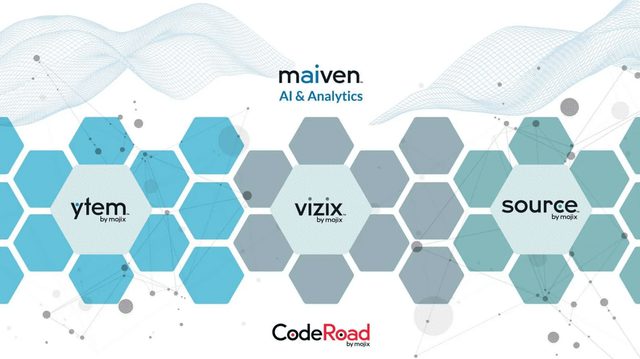
Mojix Solutions
Mojix Solutions
Industry: Any Supply Chain
Secure, harmonized data and generative AI to inform and accurately forecast your business operation
- Chat with natural language interfaces for instant inventory insights
- Receive actionable guidance on diagnosed issues in your inventory
- Empower merchandising and inventory managers with data-informed decisions
- Measure KPI impacts of inventory problems
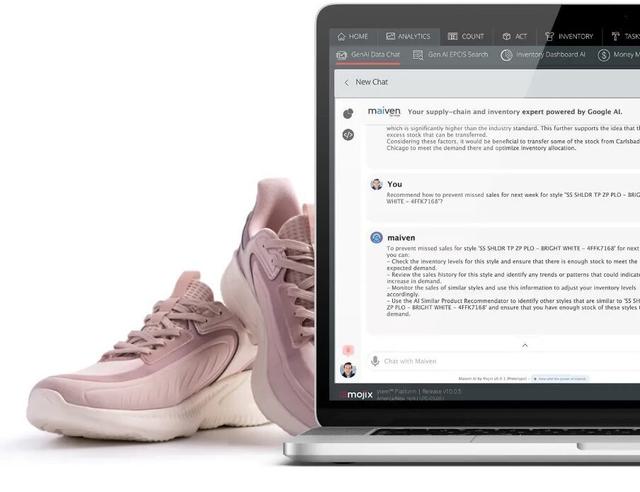
Industry: Food, Retail, and Pharmaceutical
Full traceability from source to shelf for advanced supply chain optimization
- Trace every item in your supply chain from origin to destination
- Stitch together events and data to provide a digital product passport
- Go beyond the SKU to know your inventory at an item-level
- Monitor your supplier and production quality
- Accurately respond to recalls and safety issues
- Maintain your brand’s transparency with consumers
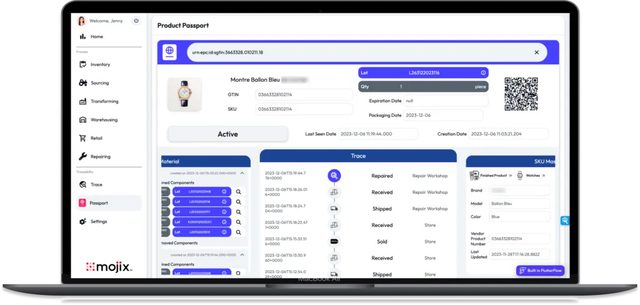
Industry: Luxury, Retail, and Food
Streamline your operation at every level and protect your brand
- Automate your processes
- Reduce labor costs
- Optimize labor efficiency
- Fulfill omni-channel orders
- Ensure food safety
- Achieve FSMA 204 compliance
- Reduce waste
- Stress-free RFID or QR code inventory tracking
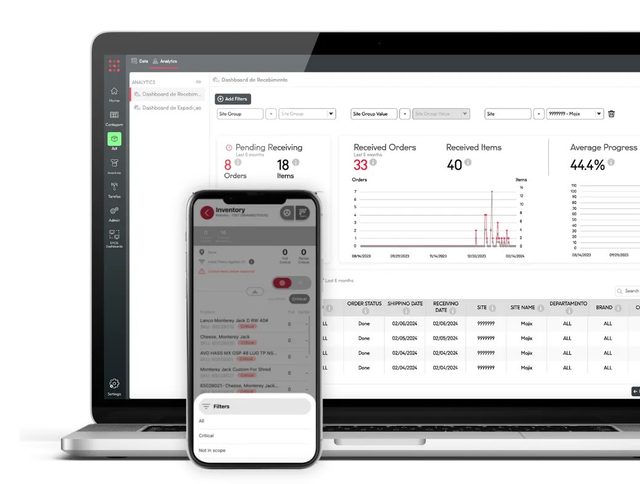
Industry: Industrial and Government
Simple, secure solutions for the most complex demands
- Automate your processes
- Reduce labor
- Obtain real-time, accurate data
- Establish RFID-equipped, item-level tracking
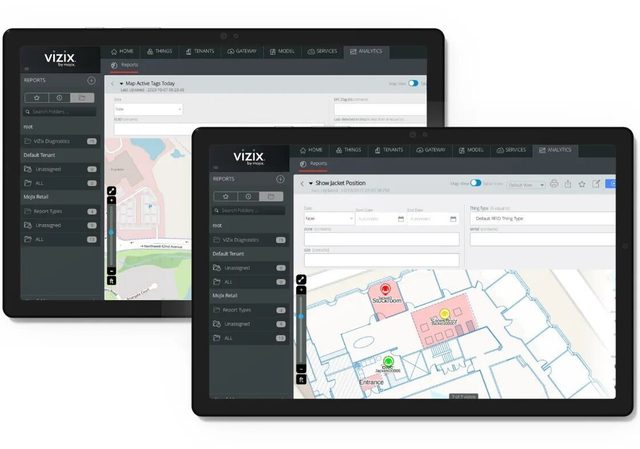
Streamline your process with one cloud-native platform
Streamline your process with one cloud-native platform
Mojix takes the confusion out of your supply chain and inventory infrastructure by combining everything—from software to IoT devices—into one user-friendly workflow.
Capture
Your data and its timelines
Apps | IoT | API | Enterprise Systems
Aggregate
Your operation data in real-time
Deliver
All data in a comprehensive, actionable workflow

WITH MOJIX
Bring all itemized data across enterprise systems into one traceability platform:
- Serialized Items
- Lots
- Batches
- SKU
- Containers
- Pallets
- Quantity
- Location
- Status
- Incidents
- Ownership
WITHOUT MOJIX
Track bits and pieces of information in multiple platforms and avenues:
Products: SKUs, Lots, Containers, Serialized
Shipments: Bill of Lading, ASN
Transactions: Invoices, Purchase Orders, Production Orders


Item-Level Traceability: The Key to Future-Proofing Food Brands
Learn more













